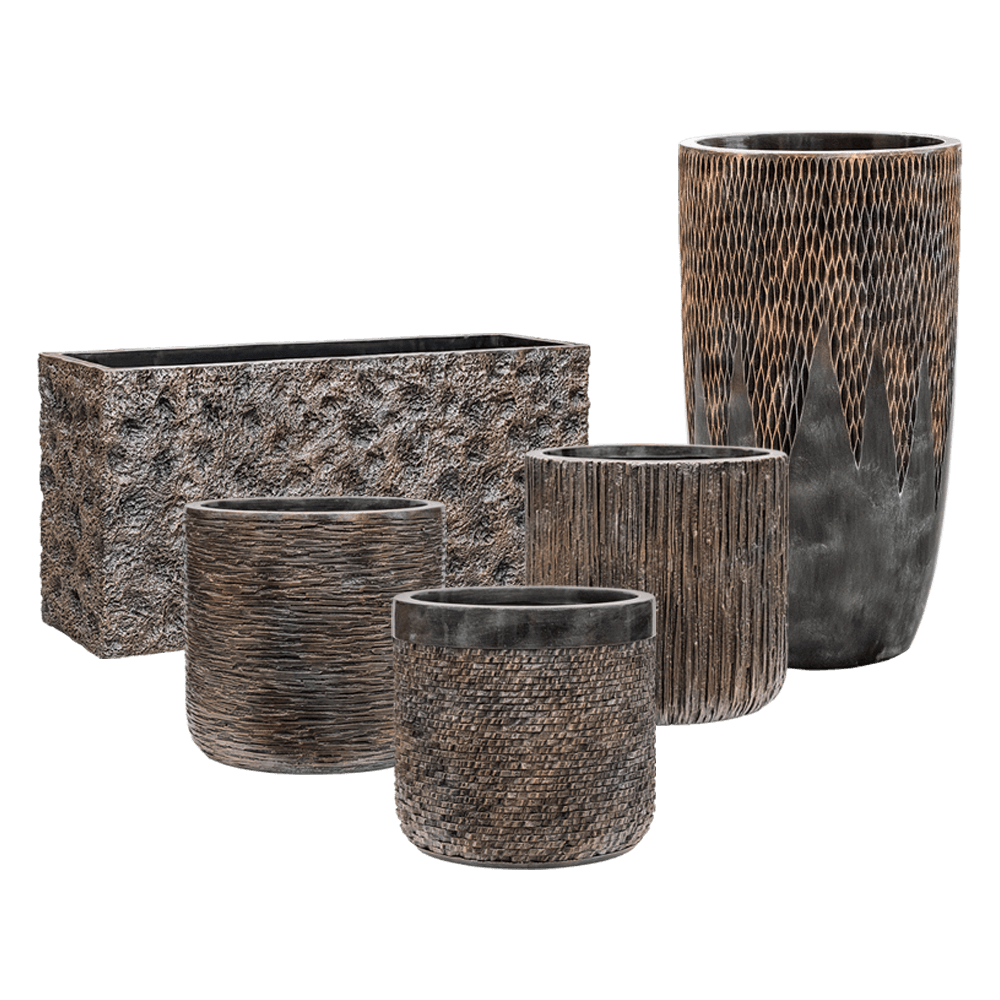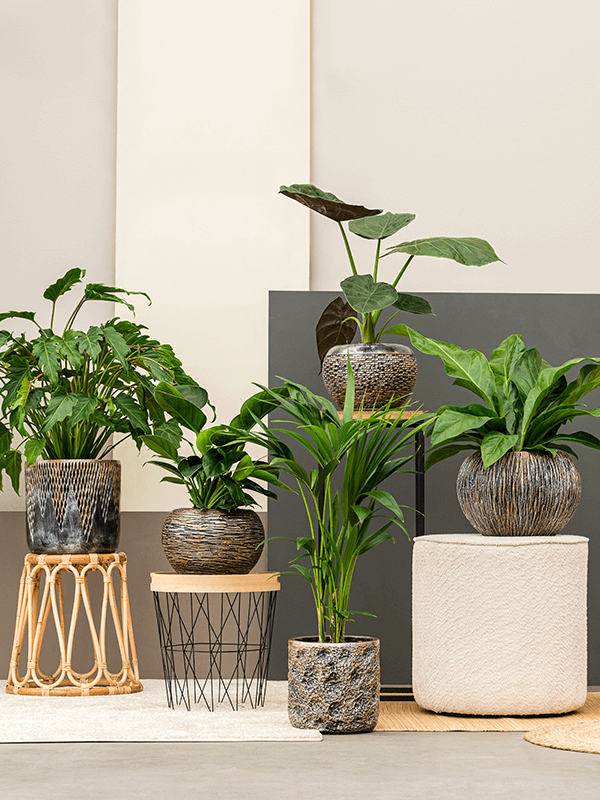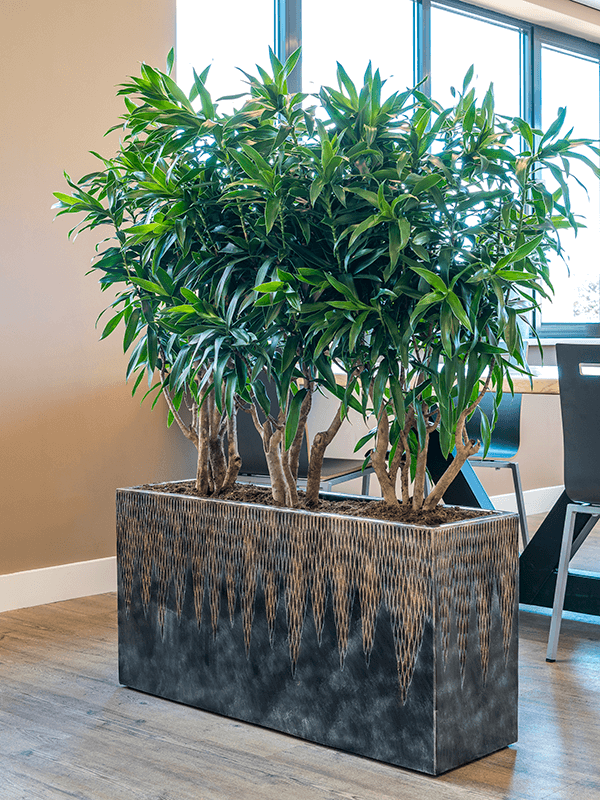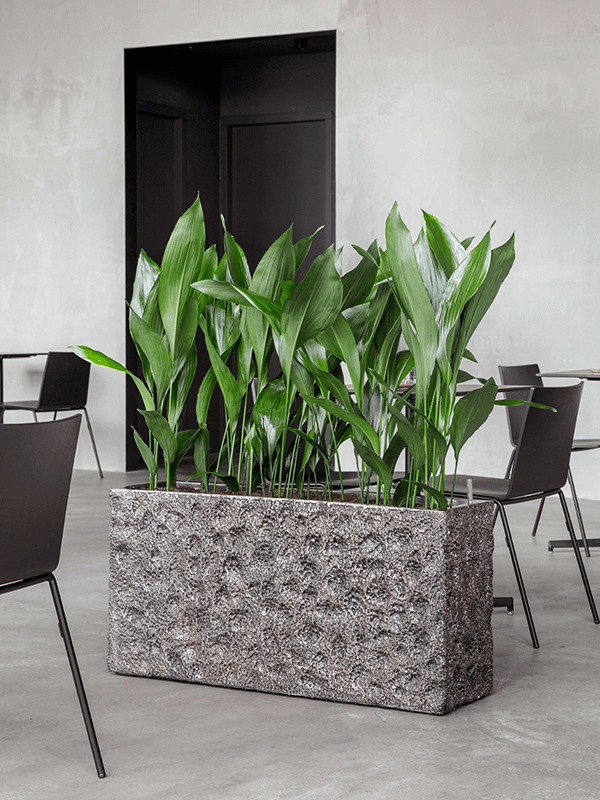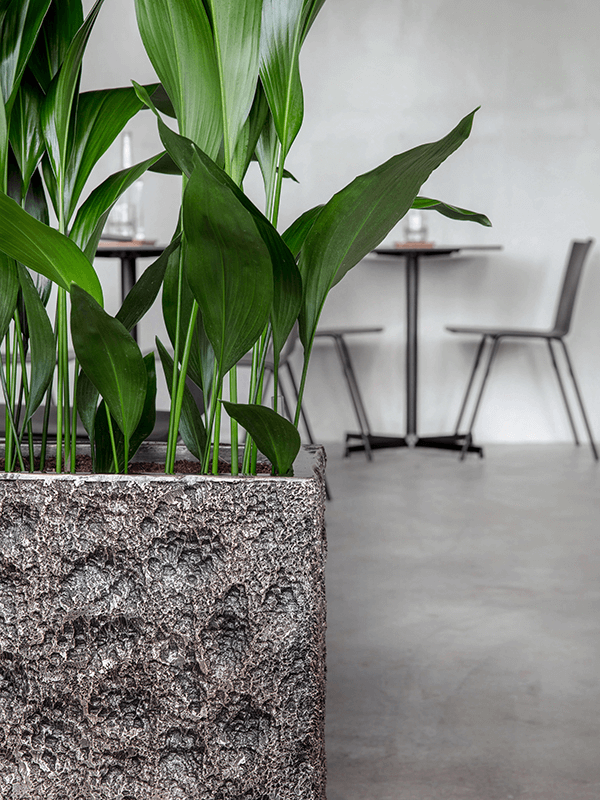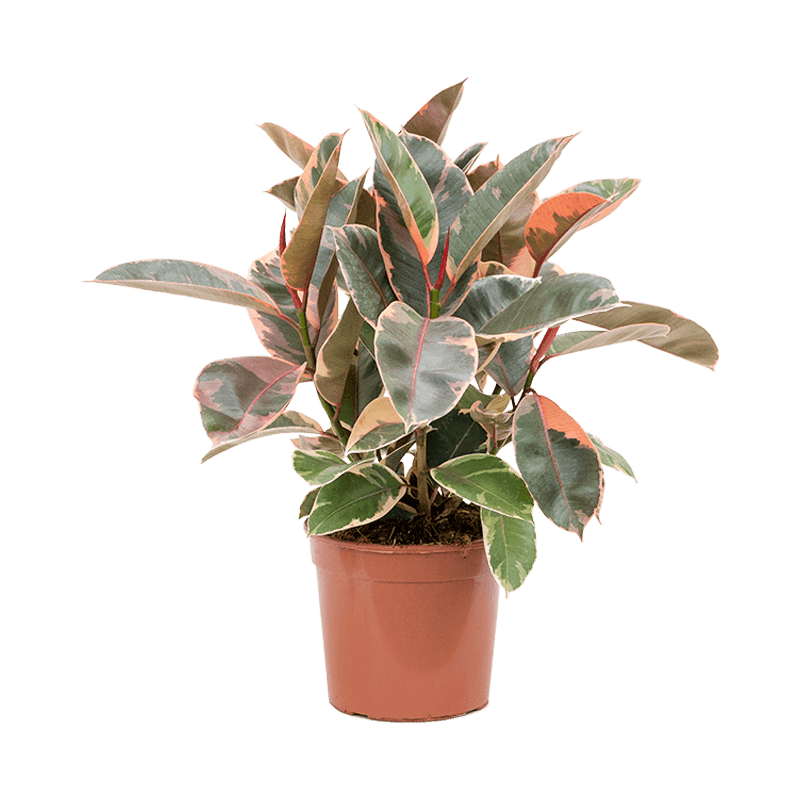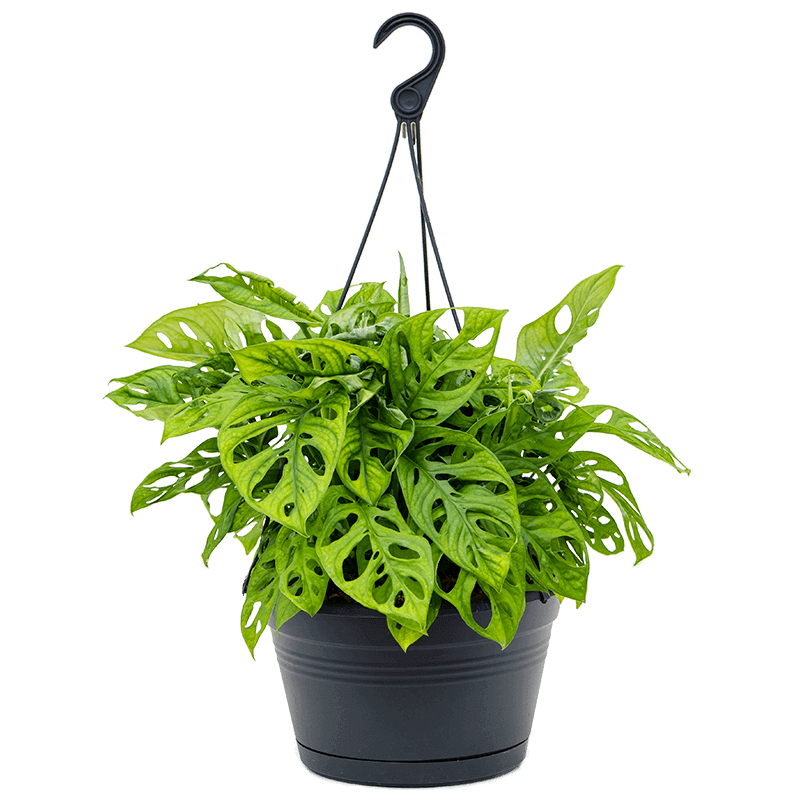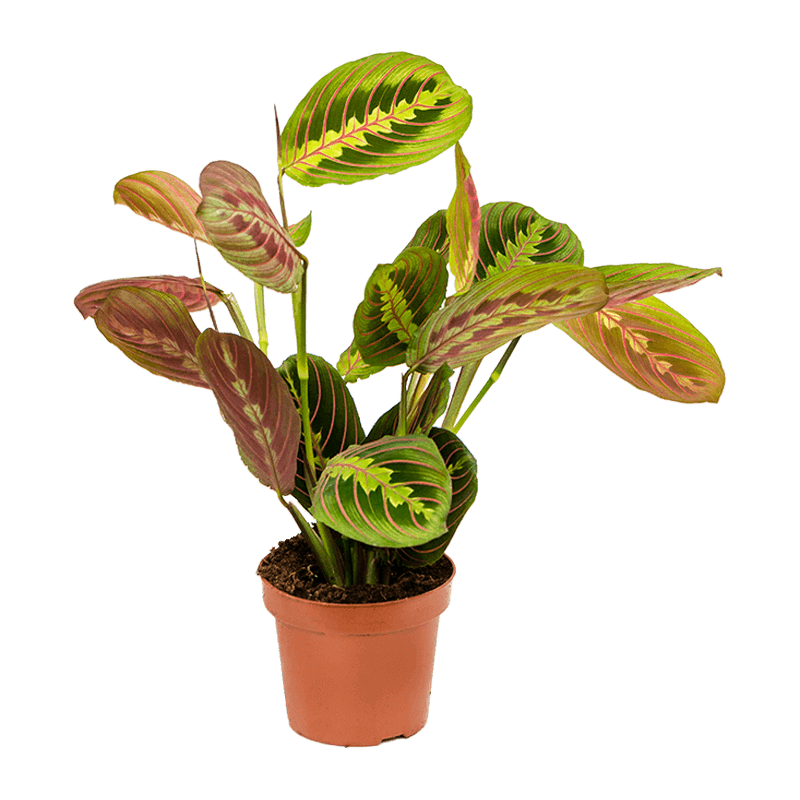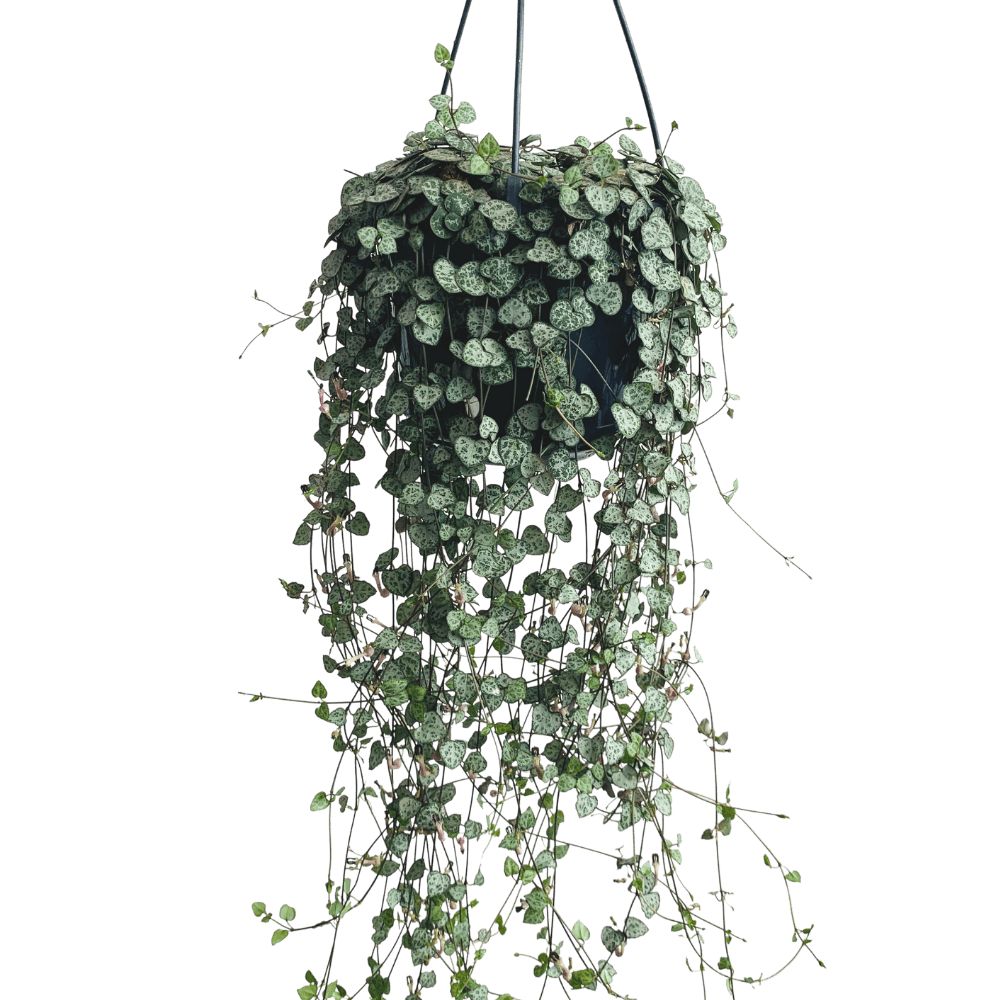how to care for syngonium
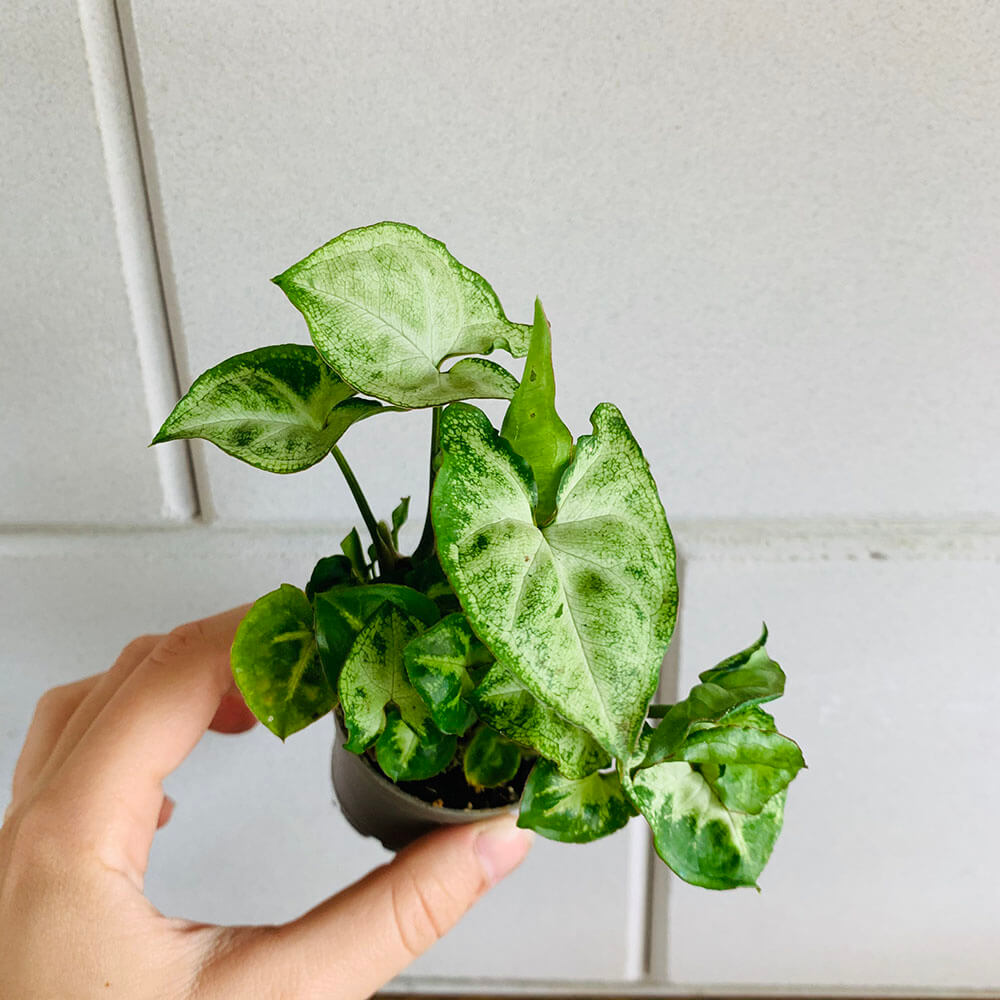
quick care guide for syngonium
 |
Twice a week in summer; once a week in winter |
 |
Does well in low to medium sun |
 |
Fertilize once a month in the summer and spring and stop fertilization in the winter |
 |
Toxic to pets |
 |
Strong air purifier |
Syngonium is a pretty trailing or climbing vine that tends to grow quickly under the right conditions. It is an excellent air purifier and does well under medium to high light. It enjoys a humid and warm environment with temperatures ranging between 16°C – 27°C and it is a relatively easy houseplant to care for .
detailed care guide for syngonium
Scientific Name: Syngonium podophyllum – commonly known as Arrowhead Plant, Arrowhead Vine or Goosefoot. Origin: South America Light: Medium to bright indirect light; also low light tolearnt in the winter. Water: Water regularly to maintain moist soil but do not let the soil become soggy since the plant is prone to root rot. Water regularly during the spring and summer months and reduce the frequency during winter; twice a week during spring and summer and once a week during winter. Soil: Rich potting mix soil with superior draining capabilities. Temperature: Prefers warm conditions with temperatures between 16°C – 27ºC Fertilizer: Fertilize once a month during summer and spring and do not fertilize at all during winter. Use a balanced liquid houseplant fertilizer. Humidity: Enjoys a humid environment (40% – 50% humidity around the plant); try to place your plant somewhere in your home with naturally higher humidity (like a kitchen or bathroom), or utilize a method of increasing humidity (a portable machine or placing a bed of wet river rocks beneath the pot) Pruning: Prune to make the plant appear bushier. Pinch it at the tip of each stem that is tall enough to prevent the stems from climbing and growing too long. You can also remove older stems. Re-Potting: Frequent repotting; refresh the potting soil in the springtime and repot every other year. Propagation: Propagate by stem cuttings in late spring/early summer. Can be tricky since the roots will be all tangled up. Diseases and Pests: The most common and deadly vulnerability is root rot so avoid overwatering. It is rarely troubled by pests, however, dwelling in the home amongst other plants can expose it to pests like spider mites, mealybugs, aphids, and scale. Toxicity: Toxic to animals.most common syngonium varieties
syngonium golden allusion

Syngonium Golden Allusion has beautiful bright green color leaves with a golden tint and with a pink vein. It is a climbing plant with fresh color and appearance.
It enjoys light spots as most varieties of Syngonium, but not direct sunlight. . The greener the leaves are, the more nutrients they can produce.
It likes a constant slightly moist soil. This is best achieved by giving small amounts of water more often.
syngonium neon

syngonium sunshine

syngonium origins & overview
Native to South America, Syngonium podophyllum is commonly called arrowhead vine and is a tropical evergreen climbing vine that typically grows high. A plant with different amounts of variegation, from entirely green to near white. It is also commonly known under the name Nephthytis podophyllum. Genus name comes from the Greek words syn meaning together and gone meaning reproduction and it is an epithet which specifically means with stout-stalked leaves. It is an easy-to-care plant and does best if left relatively alone, making it a great pick for novice gardeners or those who just don’t have so much time to garden frequently. Tropical in nature, Syngonium is perfect for places where ample heat, light, and humidity will encourage their growth. Provide your plant with the right growing conditions, and you will have a lush and healthy plant.syngonium light requirements
Syngonium is low light tolerant, however, it will grow faster and maintain its vibrant coloring and markings if grown in medium to bright indirect light. It doesn’t like to be exposed to direct sunlight as its leaves will start to scorch.
You can place the Syngonium in any position as long as it receives good light and is not touched by direct sunlight. For an optimal environment for your Syngonium, place it in rooms with south-facing windows, but keep them out of direct sunlight.
how to water the syngonium
Syngonium is quite a thirsty houseplant, especially if it’s in a small container or pot. The frequency of watering depends on how old the plant is such that younger plants require much less water, but bigger plants will need much more frequent watering, potentially several times a week if the temperature is very warm. Moreover, make sure the soil is evenly moist after you have watered your plant. Let the soil dry between waterings and let it dry for a longer period of time during winter as the plant itself will take longer to dry out.repotting the syngonium
Syngonium is an aggressive, rapid-growing vine, so the frequency of repotting depends somewhat on how big you want the vine to get. Syngonium has thick, robust roots and they do well when growing slightly tight in their pots. However, you don’t want to let them get too potbound because they’ll have a harder time taking in water and the roots will run out of space to grow. So, when your Syngonium starts to become root-bound you know it’s time to repot it. It is a good idea to repot your plant every 2 years in order to give it a fresh new soil and it is ideal to do it in spring and summer. However, if you live in a climate with temperate winters you can also repot during early fall. Repot yearly for a larger vine. Otherwise, refresh potting media every spring and repot every other year to ensure the plant does not become root-bound.frequently asked questions for syngonium
why are the leaves on my syngonium turning yellow?
The main cause of yellowing leaves among Syngonium (Arrowhead) plants is improper soil moisture, more precisely, overwatering.
Solution: To prevent your plant from turning yellow, water it only when the top 50% of the soil in the pot is dry. When giving your plant a drink, make sure you provide enough water so that liquid flows from the drainage hole at the bottom of the pot and into the saucer. Do not let your plant sit in any excess water that has accumulated in the saucer and make sure you discharge any excess as it does not respond well to “wet feet,” which will cause the roots to rot and lead to the eventual death of the plant. Yellow leaves are the first sign that root rot may be occurring.
The humidity level around the plant may also be a potential cause of yellow foliage. Low humidity causes leaves to droop and brown on their edges, later followed by yellowing and even full browning, and shriveling.
Solution: Boost the levels of humidity by regularly misting the Syngonium or use a humidifier or pebble tray.
why does my syngonium have dark brown spots?
Dark brown spots on your Syngonium may signal the presence of bacteria. Bacterial blight and stem rot are caused by the bacteria Erwinia with symptoms including dark green spots on the leaves and a foul-smelling soft rot.
Solution: The first thing you can do is to move the infected plant away from any other healthy plants to make sure they stay healthy and disease-free. Second, try to avoid wetting the foliage and consider treating the plant with a bactericide to help prevent infection.

